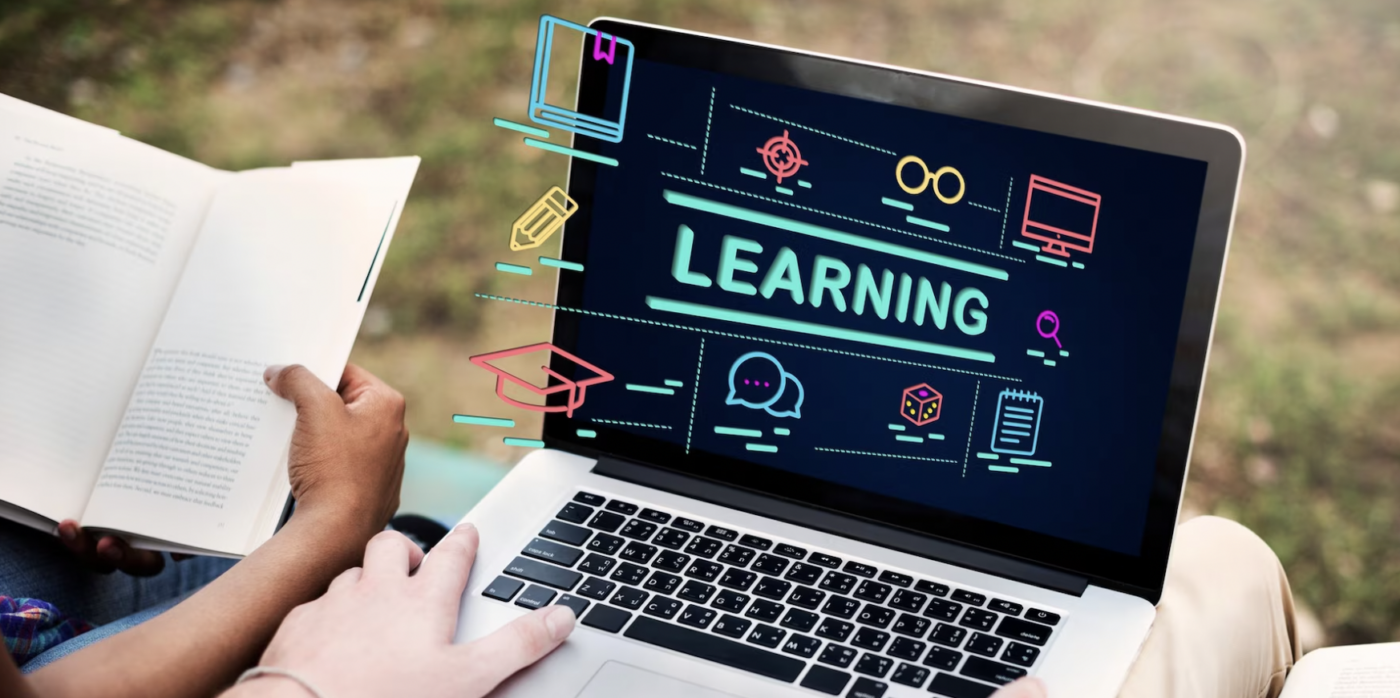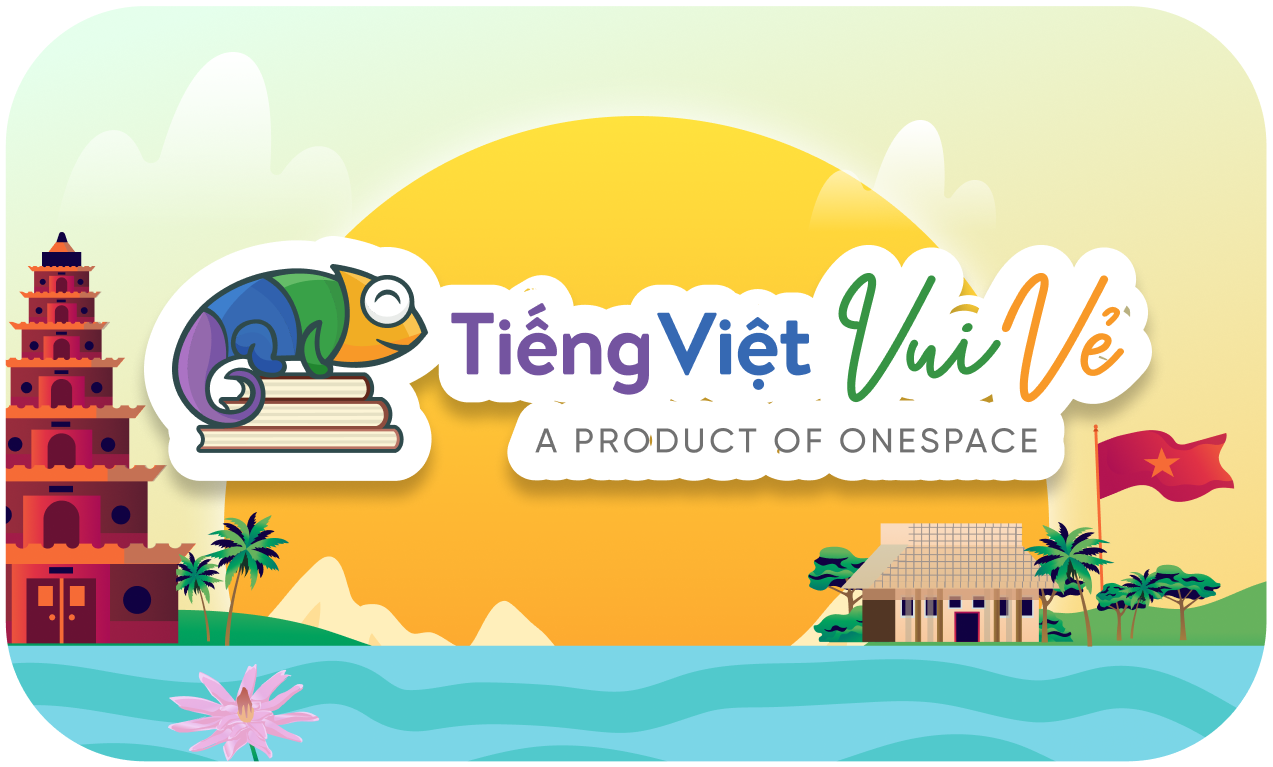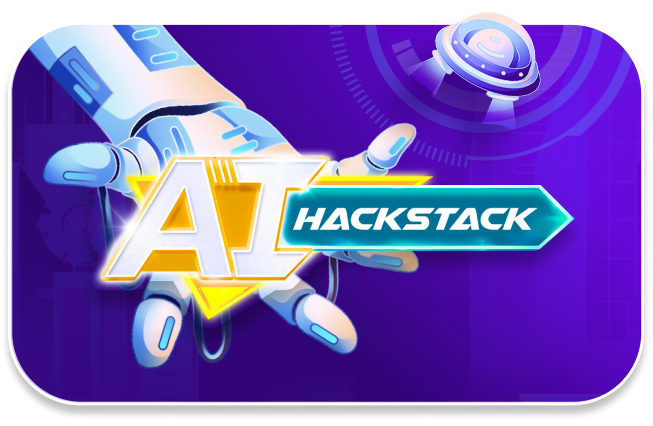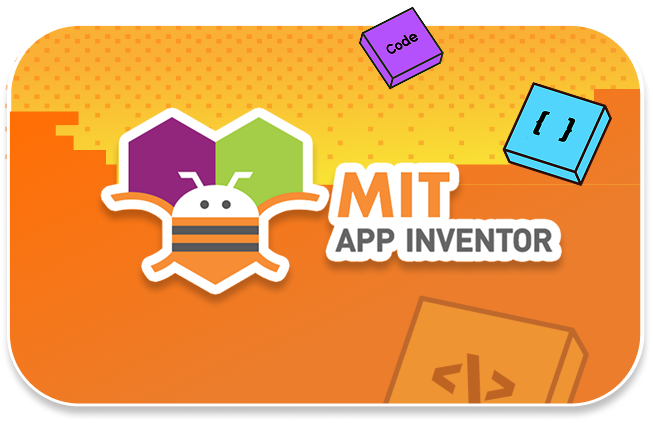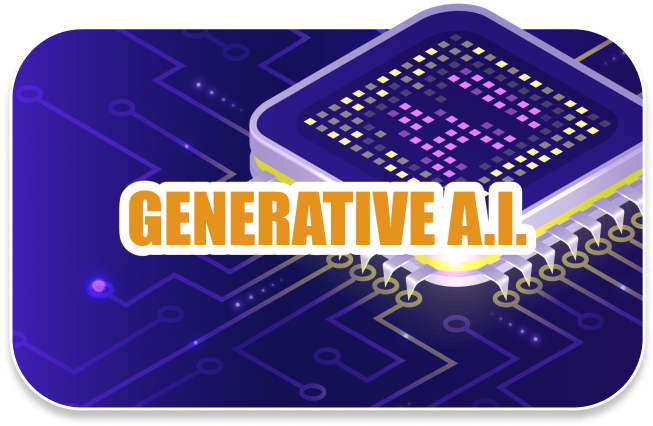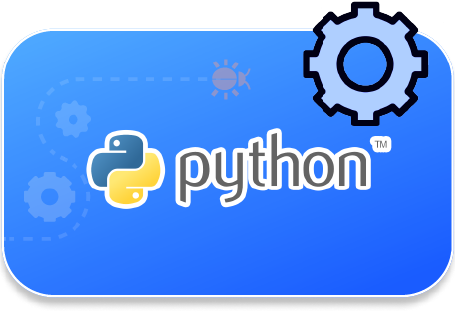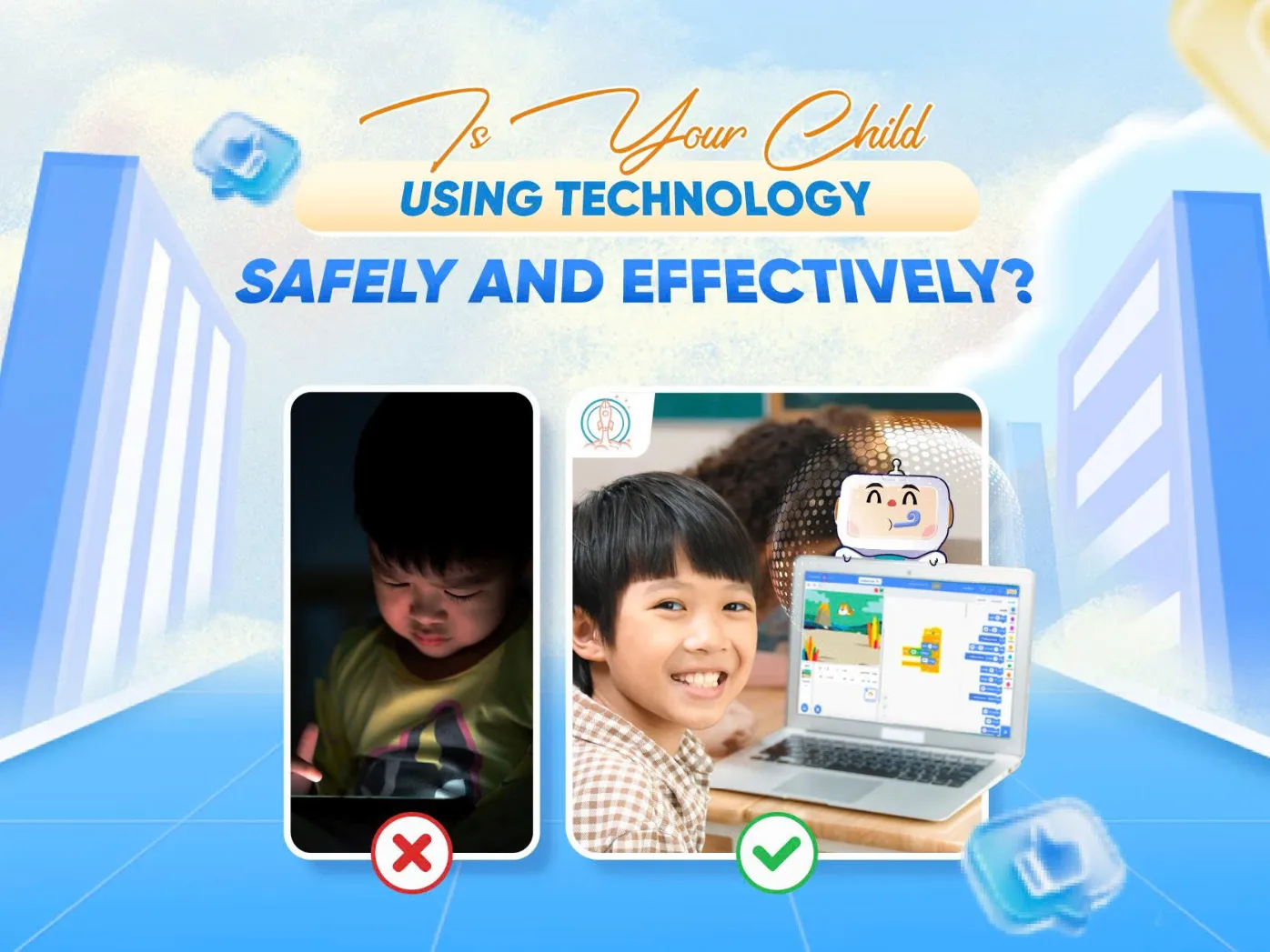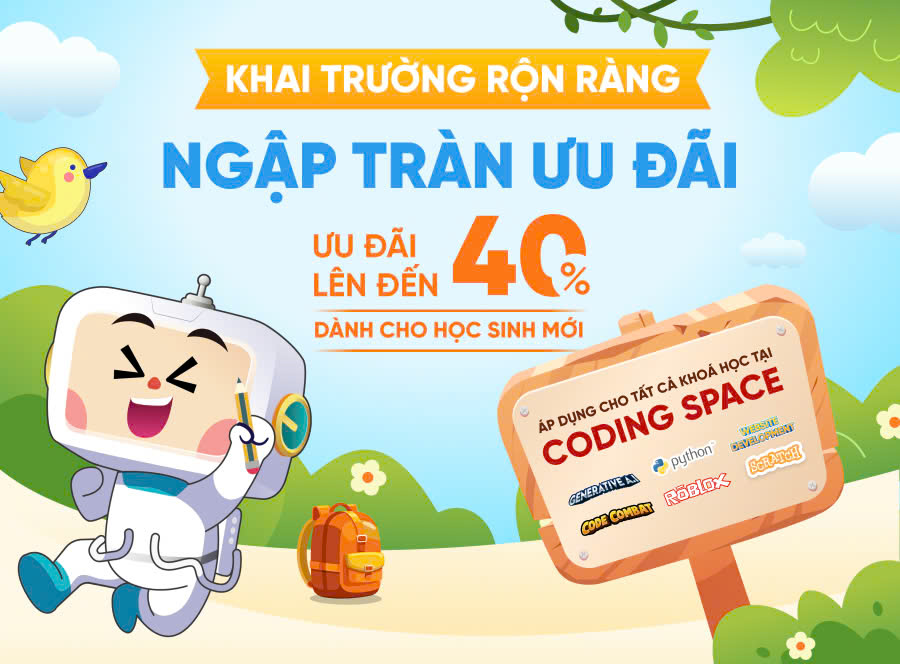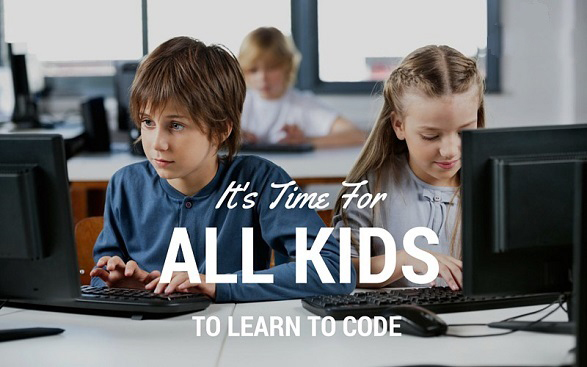Nowadays, there is a notable transformation occurring in our lives and educational systems as a result of the rapid expansion of Educational Technology, also referred to as EdTech. Let OneSpace immerse you in the realm of Educational Technology (EdTech) and delve into the emerging patterns that are revolutionizing the methods of learning and mentoring.
1. Blended Learning
The idea of blended learning is gradually reshaping the educational landscape in Vietnam. Online and traditional learning come together in a delicate fusion. Students are no longer restricted to textbooks but instead participate in online classes, taking advantage of the flexibility and convenience that EdTech gives. This method allows students to assume authority over their learning environment, schedule, and content, all tailored to their unique learning abilities. This caters to the desire for autonomy and flexibility in study. Blended learning also creates a web of interaction among students, weaving together active learning through discussions, peer-to-peer learning, and the enhancement of soft skills. By engaging in discussions and collaborating with their peers, students are able to gain different perspectives and develop critical thinking skills. Additionally, the incorporation of technology in blended learning helps students acquire digital literacy skills that are essential in today’s society.
2. Mobile Learning
Mobile learning offers high interactivity, enables easy information exchange irrespective of space and time, and provides diverse learning content to cater to learners’ needs. In Vietnam, the flexibility and convenience of mobile learning are making knowledge accessible to millions. Online learning websites and mobile applications for phones and tablets are attracting a large number of students, forming a vast network of educational resources. Duolingo, Khan Academy, Coursera, Quizlet, and others have all achieved significant success in providing engaging and flexible learning experiences. These apps foster personalized learning experiences, tailoring content to each student and using technologies like artificial intelligence to monitor learning progress. With the help of these educational apps, students can access a wide range of subjects and topics at their own pace, allowing them to explore their interests and expand their knowledge beyond the traditional classroom setting. Additionally, these apps often offer interactive features such as quizzes, games, and discussion forums, promoting active learning and collaboration among students.
3. The interconnection of Machine Learning and Artificial Intelligence
The EdTech market in Vietnam, in the year 2023, has seen the integration of artificial intelligence into educational solutions by over 300 startups. In the constantly developing landscape of business, the fierce competition has created an array of motivation for businesses to constantly enhance their offerings to adapt to the dynamic needs and preferences of learners. Reality has proven that applying ML and AI to Edtech brings many positive improvements in teaching for both teachers and students. Some advantages of incorporating these applications into teaching can be mentioned as:
- Personalize learning solutions
- Increase the interactivity of the lecture
- Improve access to Edtech for students
These technologies can process and analyze data that conventional systems cannot, helping to provide appropriate teaching content for each student, and ensuring optimal learning performance. This is a delicate combination of humans and machines, creating a special and effective way of learning.
4. Multidimensional Experience with VR (Virtual Reality), AR (Augmented Reality), & MR (Augmented Mixed Reality)
By using virtual reality glasses in the teaching process, teachers can bring children into a completely new world. Instead of reading about faraway places in textbooks, they can “fly” to interesting locations around the world. For example, students can explore the mystical universe to learn about secrets lurk behind the stars, planets, and distant celestial bodies or even “live” in our solar system in an astronomy lesson that not only helps children understand how planets work universe but also explore the grandeur and wonder of the vast space in which we live.
Besides, experiencing AR technology makes learning more interactive than ever. Instead of just reading about organs in the human body, students can see them present before their eyes through AR applications. The image will not only display in three-dimensional space on the phone screen, but it will also move, making children feel more excited than ever.
In particular, MR technology combines both real and virtual worlds. This allows children to experience real-life situations, practice creative building skills in a safe environment, or even interact with prehistoric beasts in an open MR environment. MR glasses have the characteristic of seeing real space but inserting display panels, instructions, and virtual objects that users can interact with. It helps in creating dynamic, interactive tutorials that help students gain a deeper understanding of performing dynamic game tasks. Using 3D projections and simulations, children can interact and manipulate virtual objects to study them in a way that suits them and their learning. This immersive learning experience not only enhances their understanding of the subject matter but also promotes creativity and critical thinking skills. By allowing students to engage with prehistoric beasts in a realistic environment actively, MR glasses offer a unique and captivating educational tool that brings learning to life.
5. Live and Interactive Classes
Live and interactive sessions are critical components of online education. These programs enable students to participate in live sessions via online video, allowing them to learn from any location with an internet connection. This strategy simulates a classroom environment in which students may talk, share perspectives, and learn from one another. Interactive teaching approaches may turn courses into interesting games, give real-time feedback, and instantaneously answer students’ queries. This strategy is made more available to students via virtual learning environments such as Google Classroom, Microsoft Teams, Whiteboard, and Kahoot. These virtual learning environments provide a platform for teachers to upload course materials, assign tasks, and assess student progress. They also offer features like discussion boards and chat functions, enabling students to engage in collaborative learning and receive support from their peers and instructors.
6. Gamification
Gamification in education uses elements like scores, rankings, or badges to stimulate students’ interest, making it a rewarding experience. Students can connect theory with real-world contexts and build practical skills while enjoying the learning process. However, it’s essential to remember that these elements usually create short-term excitement. OneSpace collaborates with Eduten to create exciting and straightforward math classes that adhere to the Vietnamese Ministry of Education and Training’s curriculum and Cambridge’s math program. The platform not only helps students effectively understand and learn math but also offers opportunities to improve their English and programming skills. By incorporating English and programming skills into the math classes, OneSpace and Eduten provide a holistic learning experience for students. This approach not only enhances their problem-solving abilities but also equips them with valuable skills that are in high demand in today’s digital world.
These developments are making learning more dynamic, enhancing students’ comprehension, and linking information to the actual world. It is a significant step in shaping the future of education in Vietnam. Embracing the spirit of the times, OneSpace has effectively incorporated new teaching approaches such as STEAM and gamification into various online and offline courses. Furthermore, innovative technology like virtual reality (VR), robots, and drones is being integrated into instructional events, yearly robotics contests, and extracurricular activities at a variety of school facilities. Children gain a deeper understanding of knowledge and ignite their passion for programming and logical thinking by personalizing learning paths and fostering exciting learning experiences and enjoyable classes, laying a strong foundation for their future in an ever-advancing world of technology. Explore these EdTech trends and how they are being used in OneSpace’s teaching techniques at Link



